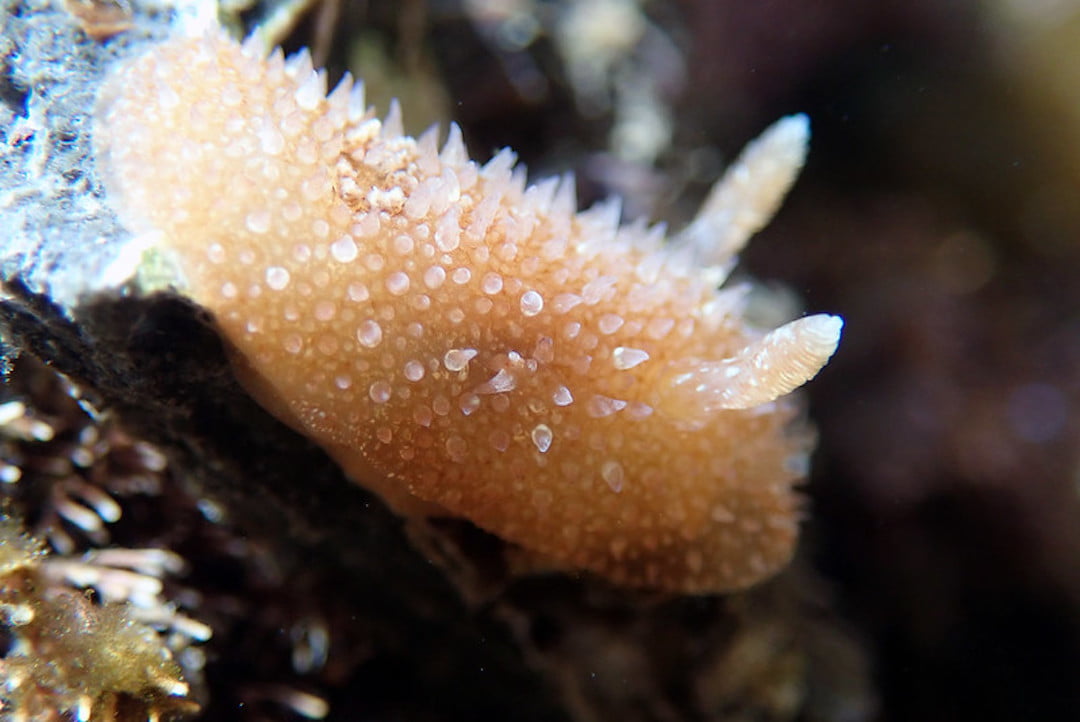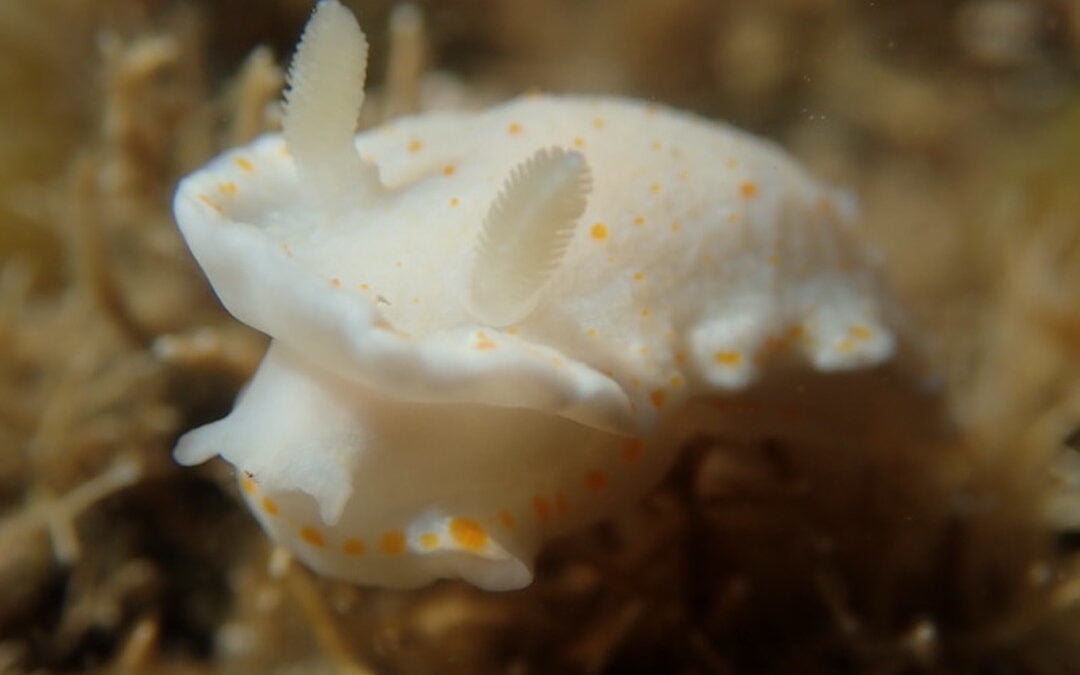Phillip Island is home to several critically endangered species, and the local community wants more protection for these precious creatures.
Due to challenges such as development, urbanisation and tourism, many Phillip Island animals are at risk of declining populations. This includes the diverse range of sea slugs found under the Phillip Island bridge. 51 species of sea slugs have been identified around the bridge connecting San Remo to Phillip Island, and without stronger action, they could be in serious danger.

The bridge connecting San Remo to Phillip Island
An iconic island
Phillip Island is an internationally recognised Ramsar wetland, famous for its Little Penguin population. Now, it is a major tourist destination all year round, connected to the mainland town of San Remo by a concrete bridge.
The protection of the island and nearby Western Port Bay has been a priority for the Victorian community in recent years. With large numbers of tourists and developers populating the area, more and more threats to the island’s biodiversity are arising. In fact, over 50 businesses, tourism, environmental and other groups are supporting a plan to protect this ecologically vibrant area. The plan includes a fund dedicated to protecting the site, and a new strategy in approaching the maintenance of the bay.
Phillip Island is home to many important animals, including 65 percent of Victoria’s threatened bird species, along with seals and elephant fish. For locals, it’s more important than ever to maintain the area, and sea slugs are at the forefront of everyone’s minds.

A Phillip Island sea slug © Nicole Mertens
Slippery sea slugs
Sea slugs are found all over the world, often in temperate and tropical waters. They inhabit everything from shallow reefs to deep sea caverns, eating algae and other plant life. So far, 125 species of sea slug have been identified in the San Remo area, accounting for around 25 percent of all southern Australian species, and 6 percent of global species.
“These incredible creatures are a beautiful – and largely unknown – part of our precious marine ecosystem,” says Victorian National Park Association nature conservation campaigner Shannon Hurley.
“Most people probably think of penguins at Phillip Island, but Western Port bay is home to this mind-blowing collection of colourful sea slugs.”
Sea slugs are an important part of the food chain, and also serve a major role for scientists studying the area, as strong indicators of the health of their environment. A large amount of sea slugs may be indicative of climate change, and their response to external factors can emphasise the changes in a variety of environmental factors.
In order to protect these unique animals, individuals across the state are urging the government to support community-endorsed action plans. In fact, citizen scientists are responsible for documenting large numbers of sea slugs under the Phillip Island bridge, leading the charge towards greater monitoring and protection.
Events such as the sea slug census provide scientists with opportunities to identify and observe these animals, as well as the environmental changes they face. To participate, individuals simply need to take a photo of any sea slugs they find, and upload it to iNaturalist. From there, a comprehensive understanding of sea slugs can begin to develop.

© Nicole Mertens
Promoting protection
However, sea slugs aren’t the only animals under threat due to greater levels of human interaction with the island. All animals from Little Penguins to seals stand to face new challenges if this exposure continues.
It’s not all bad news though. A survey commissioned by the Victorian National Parks Association found that 82 percent of people backed the proposed conservation plan, meaning Aussies are banding together to promote the care and salvation of the island.
“It’s clear that Victorians want their governments to protect Western Port Bay,” says Shannon Hurley.
“We’re urging the state government to back this business and community-endorsed plan.”
While it remains to be seen what action will be taken, the amount of support this plan is receiving has left many hopeful that the animals of Phillip island will receive the support they need to thrive.
Interested in how citizen science is helping sea slugs? Click here to uncover similar projects across Australia.

